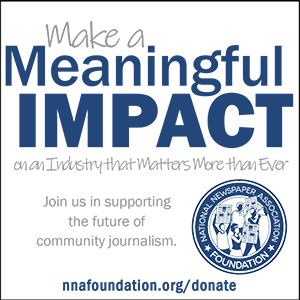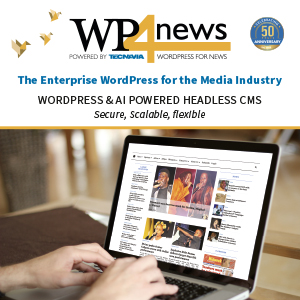We're a big part of the fix for 'junk news'
Nov 14, 2017
By Gene Policinski
Inside the First Amendment
Let's stop talking so much about "fake news."
Not that we should ever cease identifying, talking about or countering misinformation, be it accidental error, the result of negligent work, or deliberately false — to which we must now add propaganda tactics aimed at destabilizing our democracy.
We face all those types of misinformation today; amplified as they are by platforms that allow for instantaneous, worldwide communication.
But the term "fake news" no longer has any real meaning as a national concern or a problem to be dealt with. The term has become far too politicized and much too imprecise, now serving as a catch-all for information anyone sees as divisive, disagreeable, biased or plain wrong. Instead, I prefer a term offered by my Newseum Education colleagues: "junk news."
Regardless of what we call it, less talk and more action on misinformation is where our focus ought to be. Media Literacy Week, taking place Nov. 6 through 10, is as good a time to start as any.
NewseumED, the Newseum's nonpartisan education arm, offers information and tools to help students — and all of us — navigate today's complex media landscape. Its collections of resources are all aimed at helping us understand how news is made and how we can take a more active and responsible role in the information cycle. That includes having the skills to evaluate information, filter out fake news, separate facts and opinions, recognize bias, detect propaganda, spot errors in the news and take charge of our role as media consumers and contributors.
As junk news continues to infiltrate the newsfeeds of millions of social media users, education and awareness have become the best line of defense against the spread of misinformation and disinformation. Where journalists once served as the "gatekeepers" of society's daily information consumption, today anyone with Internet access can create and distribute content, and spread information by sharing it on social media.
For many, that's more comfortable and a better option: the power to choose and shape what we need to know, rather than having it fed to us by a select few. But with that power should come a greater sense of responsibility to draw our news from as many reliable, diverse sources as we can.
Failure to do that has created the now-infamous condition in which social media's omnipresent algorithms track our every keystroke to present us with news that we "like" — or in other words, news that plays to our existing opinions and biases.
Sure, there was a time when readers would settle on a favorite TV network or, in an even earlier era, a favorite radio station for the nightly news. Newspaper readers in communities where there were multiple daily publications would subscribe to one over the others. Much of the non-local news, for good or bad, contained the same information — very often taken from wire services that prided themselves on their ability to "get it first, get it right — but above all, get it right, first." Those were the days when CBS News anchor Walter Cronkite was called the "most trusted man" in the nation, by virtue of that news media mantle.
In today's news world, where those long-standing print and broadcast news outlets are barely standing, and new media players have yet to show the depth or credibility it takes long to develop, we as consumers must take less on "faith" and more on "fact."
For their part, news operations, think tanks, social media companies and others are working on ways to help consumers play a more responsible role in the daily news cycle. Verifying stories and tightening ethical standards are good starts, but significant obstacles lay in the path — namely, the declining revenue and resources of traditional press organizations, and the new web-based media economy that depends on eyeballs and clicks. In such an environment, thorough "accountability" reporting — often dull but always necessary — has fallen by the wayside.
There are some signs that people are rethinking a reliance on just one site, which is a good first step to improving our news diet. According to the Pew Research Center, about a quarter of all U.S. adults (26 percent) get their news from two or more social media sites, up from 15 percent in 2013 and 18 percent in 2016. But consumers shouldn't stop with just "more" — our daily intake needs to consist of varied, credible sources. Otherwise, consumers trap themselves in a news bubble or echo chamber, in which they only see information that confirms and reinforces their opinions instead of challenging them.
At a forum last week on First Amendment issues and fake news, I advanced a long-held theory of mine that eventually news consumers will demand information on which they can rely, and will over time migrate to those sources; that credibility will be the news currency of the 21st century.
But it's no longer the province of news providers alone to build that demand. Individual consumers must join in that effort by getting savvier about the news. In a twist on an old saying, "Let the buyer be aware."
Gene Policinski is chief operating officer of the Newseum Institute and of the Institute's First Amendment Center. He can be reached at gpolicinski@newseum.org, or follow him on Twitter at @genefac.







